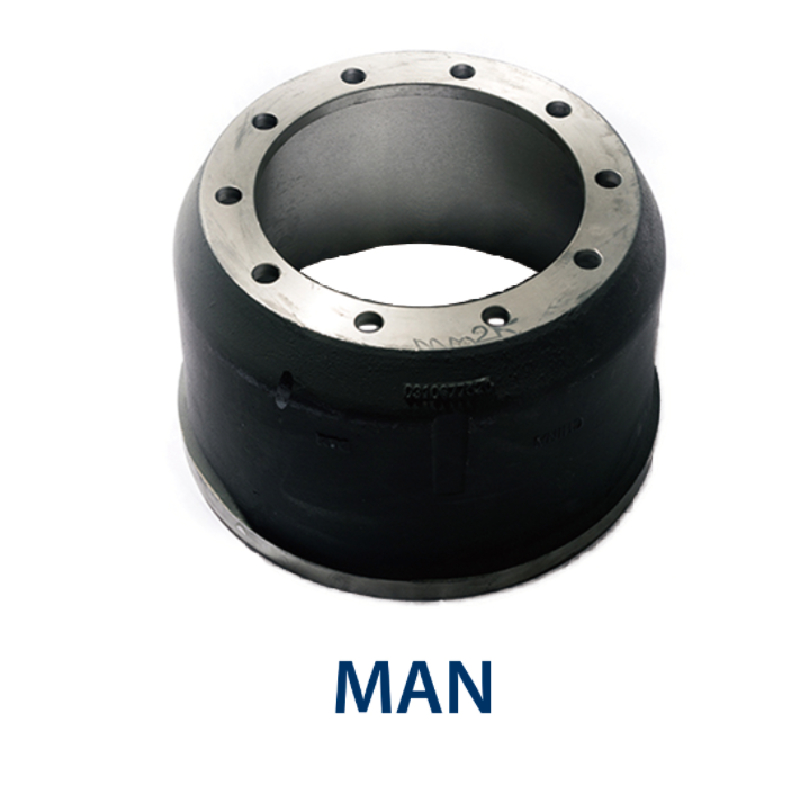Dec . 05, 2024 15:02 Back to list
rear brake drum parts
Understanding Rear Brake Drum Parts A Comprehensive Guide
When it comes to vehicle safety, the braking system is one of the most critical components. For many vehicles, particularly those with rear drum brakes, understanding the various parts involved in the rear brake drum system can help in maintenance, troubleshooting, and optimization for performance. This article delves into the essential parts of the rear brake drum assembly, ensuring you are well-informed about how they function and what to watch for during inspections.
The Brake Drum
At the heart of the rear drum brake system is the brake drum itself. This cylindrical component is typically made from cast iron or aluminum and is mounted to the wheel hub. The primary function of the brake drum is to house the brake shoes and allow for frictional interaction during braking. When the brake pedal is engaged, the brake shoes press against the inner surface of the drum, creating the necessary friction to slow down the vehicle.
Brake Shoes
Brake shoes are critical components that play a pivotal role in the braking process. These curved pieces are typically lined with friction material on the inner side, which comes into contact with the brake drum when braking. Over time, brake shoes can wear down and require replacement; signs of wear include a squeaking noise, pulling to one side when braking, or reduced braking effectiveness.
Wheel Cylinder
The wheel cylinder is a hydraulic component that plays an essential role in activating the brake shoes. When hydraulic pressure is applied by depressing the brake pedal, the wheel cylinder pushes the pistons outward, forcing the brake shoes against the drum. Regular inspections are necessary to ensure that the wheel cylinder is free of leaks and functioning correctly; a faulty wheel cylinder can lead to inconsistent braking performance and increased stopping distances.
rear brake drum parts

Springs
Springs in the rear brake drum assembly serve several purposes. The return springs are responsible for pulling the brake shoes back into their resting position once the brake pedal is released, ensuring the brakes disengage effectively. Other springs, such as hold-down springs, keep the brake shoes in their proper position. If any springs are broken or worn, it can lead to a deterioration in braking efficiency and an increase in brake noise.
Adjusters
The adjuster is a key element in maintaining optimal brake performance. Brake shoes wear down over time, and the adjusters help to take up the slack as this occurs, ensuring that the shoes maintain an appropriate distance from the brake drum. Most drum brake systems utilize either manual or self-adjusting mechanisms. Regularly checking that the adjusters are functioning properly is important because it helps ensure that the brakes remain responsive.
Brake Drum Inspection
Routine inspection of the brake drum is crucial. It's important to check for any signs of wear, such as scored surfaces or warping. A warped drum can lead to an uneven braking force, which can affect the vehicle's stability during stops. If the drum shows significant wear, it may need to be resurfaced or replaced to ensure proper brake function.
Conclusion
Understanding the parts of the rear brake drum system is essential for vehicle owners and automotive enthusiasts alike. Regular maintenance and inspection of these components can lead to improved safety and performance on the road. Should you notice any unusual noises or changes in braking behavior, it's advisable to have your braking system inspected by a professional mechanic. Keeping abreast of the health of your rear brake drum components not only ensures your safety but can also enhance the longevity of your vehicle's braking system.
-
HINO Industrial Solutions - ¡Ң���ຽ��е��������˾ | Advanced Efficiency&Customization
NewsJul.13,2025
-
HINO Industrial Efficiency Solutions - ¡Ң���ຽ��е��������˾
NewsJul.13,2025
-
HINO Industrial Solutions - ¡Ң���ຽ��е��������˾ | Advanced Technology&Reliability
NewsJul.13,2025
-
HINO Industrial Efficiency-Jiangsu Hino Industrial|Productivity Optimization&Cost Reduction
NewsJul.12,2025
-
HINO-¡Ң���ຽ��е��������˾|Advanced Industrial Solutions&Energy Efficiency
NewsJul.12,2025
-
Premium Brake Drum Iveco – Durable Drum Brake Drum & Brake Shoe Solutions
NewsJul.08,2025
